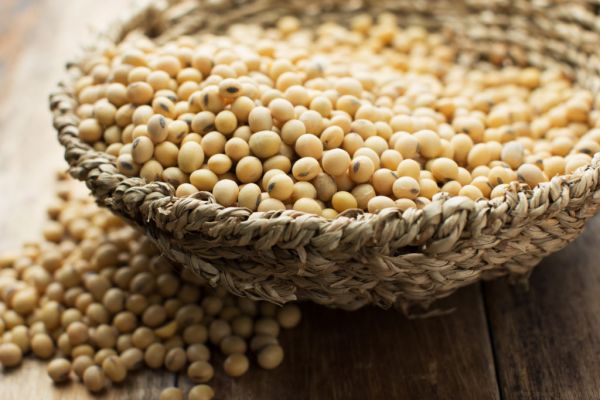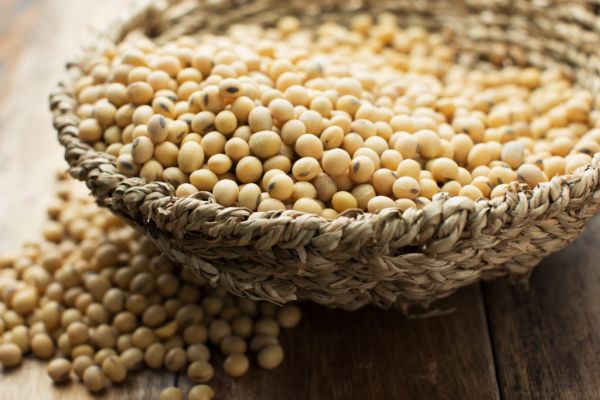It’s been raining way too much for Midwest soybean farmers, and the storms just keep coming.
Many of the biggest growing areas in the U.S., the world’s top producer, had their wettest June ever, government data show. With inventories already shrinking more than forecast, the prospect of crop damage has sparked a rebound in prices that last month were the lowest in five years.
“The plants are just not growing,” said Pat Solon, 51, who farms 1,500 acres near Streator, Illinois. The soil is saturated and some land is under water, so leaves are yellowing on crops that stand 38 centimeters, 40 per cent smaller than normal. Solon forecast yields by the October harvest will drop 20 percent from last year.
The outlook wasn’t so dim a month ago. A record harvest in 2014 left soybeans mired in a bear market for a year. Cheaper supply helped boost demand, eroding ample inventories, and then heavy June rains delayed planting. Hedge funds have boosted soybean holdings in a bet the glut is easing, and broker Linn & Associates said Chicago futures may surge 18 percent by November to $12 a bushel, the highest since the slump began last year.
“I don’t think I’ve seen a worse-looking crop in such a broad area,” said Michael Mock, the senior risk manager for Maumee, Ohio-based Andersons Inc., a grain merchandiser that also sells crop nutrients, insurance and transportation services. “The more uncertainty about production, the more upside risk for prices.”
“Soybeans don’t like wet feet” because the plants end up with shallow roots and are more prone to disease, said Dennis Wentworth, who had a thin layer of water Thursday covering portions of his fields in Downs, Illinois, after a storm the night before. On land that in 2014 produced the most since his family began farming 150 years ago, Wentworth now expects yields to drop 15 percent from last year.
A smaller crop would compound concern that U.S. inventories are going to be 40 per cent smaller than the government predicted 10 months ago. Demand improved after prices tumbled from $15 in May 2014 to a five-year low of $8.9575 on 15 June.
Bloomberg News, edited by ESM














